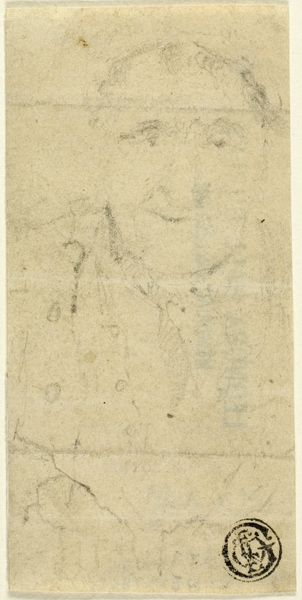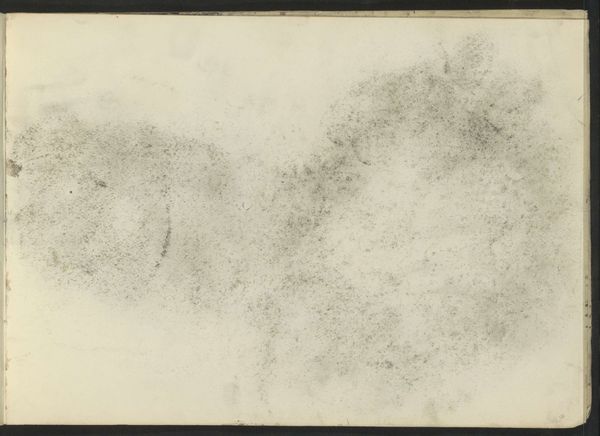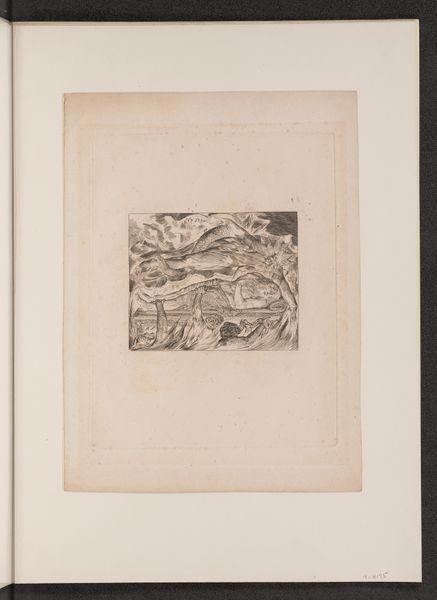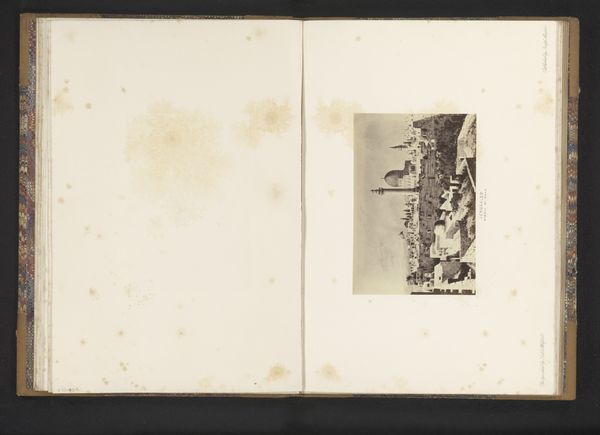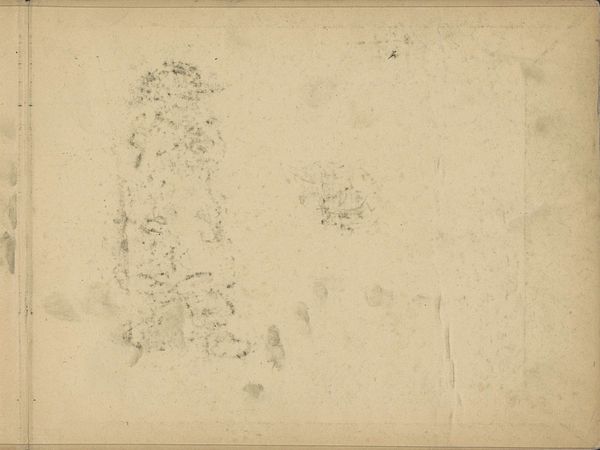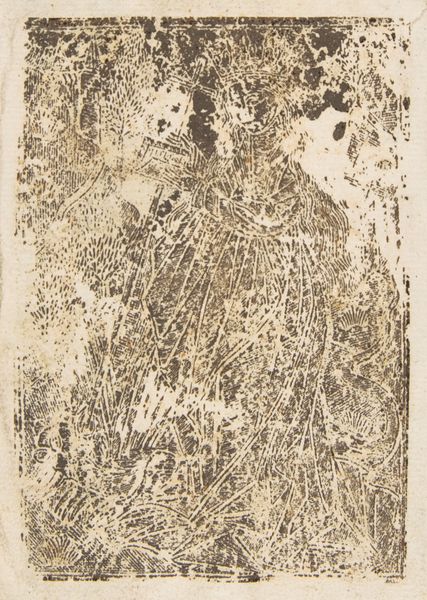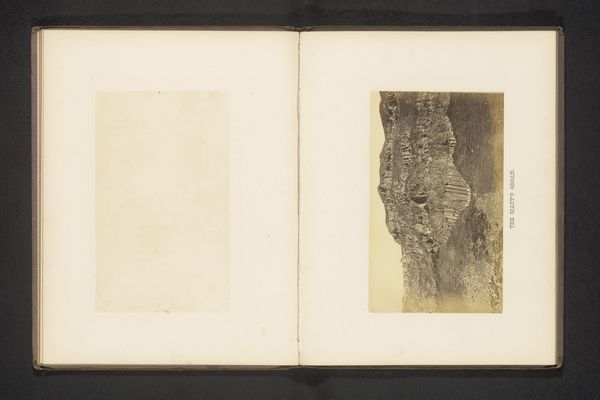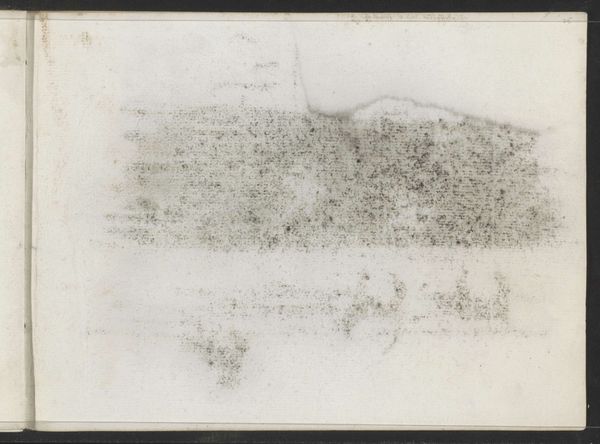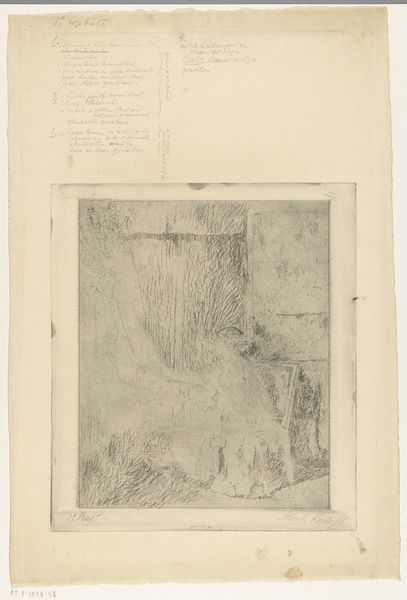
drawing, print, ink, engraving
#
drawing
#
medieval
# print
#
figuration
#
ink
#
history-painting
#
northern-renaissance
#
engraving
#
watercolor
Dimensions: sheet: 5 5/16 x 4 1/8 in. (13.5 x 10.4 cm)
Copyright: Public Domain
Curator: This engraving, rendered in ink, is titled "John the Baptist". Though its creator is anonymous, the print dates to the 15th century and now resides at the Metropolitan Museum of Art. What strikes you most immediately about this image? Editor: My first thought is how obscured it seems. There’s an overwhelming sense of shadow and a certain illegibility. Is it suggesting something about the concealed nature of religious figures, perhaps questioning their transparency within a society built on power structures? Curator: Or, considered purely as an image, the density of the lines might suggest the complex interiority of the subject, evoking the saint’s asceticism. Look at how the stark contrast of light and shadow fragments the form—a conscious visual strategy to engage the viewer. Editor: It also speaks volumes about the context. The historical narratives surrounding John the Baptist are ripe with conflict. He challenged the establishment. This distorted representation may mirror the distortion of historical truth—the rewriting of marginalized voices within religious canons. Curator: Interesting point. But notice the masterful execution of the engraving technique itself. The varying line weights, the cross-hatching creating depth. This commands attention, irrespective of its social commentary. Editor: Surely you see that they’re inseparable? The dense, almost oppressive texture speaks to more than just aesthetic skill. It reflects the turbulence of religious reform movements and the precarious position of those who dared to question authority during this period. How the message interacts with medium affects meaning, Curator: Regardless of interpretation, we can appreciate how the interplay between line and shadow, form and texture, creates a compelling viewing experience. The material choices highlight form that invites viewers in. Editor: I think that it’s far from independent from social history. But appreciating this piece’s connection with its revolutionary era has offered me an expanded scope through which to regard my own community’s present struggles for self determination. Curator: A welcome intersectionality through critical thinking—a nice coda to the careful considerations that an artwork asks of us.
Comments
No comments
Be the first to comment and join the conversation on the ultimate creative platform.


